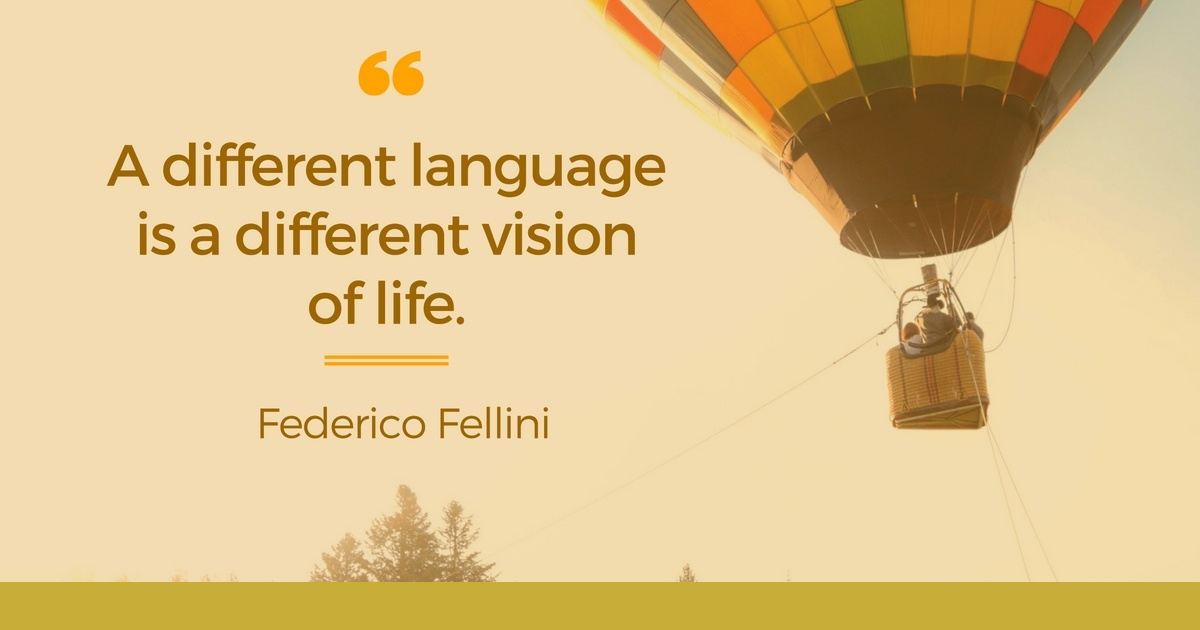

How new teachers can create a welcoming classroom
A few tips for new teachers who want to foster strong relationships with students and
between students.
New teachers intuitively understand the need to create a welcoming community in their
classrooms. A warm and responsive classroom culture is essential because, like all of us,
students need to feel safe and valued in order to thrive. As the professor of education
Linda Darling-Hammond has said, “When that sense of belonging is there, children throw
themselves into the learning environment.”
One path to creating this kind of classroom culture is to focus on setting expectations and
routines that are designed to foster relationships and a sense of safety and belonging.
Since students thrive on consistency, one secret is for teachers to align these routines with
our personality and values so that we abide by them with ease throughout the school year.
If you believe in the importance of greeting students at the door, commit to making that
part of your daily routine. If you practice mindfulness outside of school, you might want to
begin your classes with a 30-second meditation. If your school has the supplies and you’re
an organized person, keep your classroom stocked with things students need but often
forget—extra handouts, sharpened pencils, Post-it notes, highlighters, tissues. The
classroom norms and procedures that really work are those we seamlessly implement
because they’re an extension of who we are.
Here are a few other strategies that can be easily adapted to your teaching style to create
a classroom community built upon the fundamental pillars of relationships and belonging.
PUT STUDENTS AT THE CENTER
Learn about your students with a reflective activity to display in your
classroom—preferably with a photo of each student. Ask questions such as:
What is your motto for life?
What is your favorite quotation?
What is your six-word memoir?
What is one item currently on your wish list?
What is one thing people should know about you?
Students’ thoughtful consideration of these questions helps them understand themselves
more fully, and sharing these details with peers and their teacher helps them feel known.
Hang students’ responses with their photos around the perimeter of your room
(clothespins on a clothesline will suffice). This colorful display will draw students to their
classmates’ photos and ideas throughout the year, giving students the opportunity to share
with their peers and learn about each other. The photos remind us of who matters most in
the classroom—the students.
DO A ‘DO NOW’
Begin class with a three- to five-minute low-risk, content-related activity that all students
can complete independently from start to finish—this helps students settle in and engage
in purposeful work. One idea for this kind of “do now” activity is a preview of the day’s
lesson that asks students to make a prediction in response to a picture, cartoon, or idea. If
you’re doing a history lesson, you could share a relevant political cartoon. If you’re
focusing on a particular theme in a novel, you could ask students to respond to a quotation
that illustrates that theme.
The do now can also be a review of the prior day’s lesson, or reinforce a skill, by
presenting students with a question, riddle, puzzle, or problem.
To ensure completion, the do now should yield a final product—that could be a
pencil-and-paper task or a document in your learning management system. The do now
provides a predictable routine that is inclusive and builds confidence because all students
are guaranteed a successful outcome. It builds equity as it provides an entry point into the
content for all students, which communicates that they belong in the classroom
community.
ONE-ON-ONE TIME
Strong relationships with individual students strengthen the fabric of a classroom culture
by giving students a chance to be heard. There’s no substitute or shortcut for knowing our
students because these personal relationships enable us to help them find meaningful
connections to the work we’re doing in class.
Short, focused conferences are a real option in a classroom where students are engaged
in work that matters to them. Strong relationships free up the teacher to spend time with
individual students because the rest of the class is motivated and focused on their work.
Conferences operate most efficiently when students know exactly what the goals of the
conference are. I usually offer one academic goal and one personal goal, and advise
students of our time constraints. I display all of this on the board for easy reference. For
example:
Tell me what topic you chose for your project, why you chose it, and one question you
want to ask me about it.
Tell me one thing you’re feeling excited about or one thing you’re worrying about.
Each of our conferences will last approximately two minutes.
Even with the strongest classroom community, issues will arise throughout the year.
Students’ personal lives will distract them from their work, they will become disenchanted
with their grades—and sometimes with you—and they will likely be unkind to one another.
Although these moments can be depleting, as teachers it is our responsibility to be
steadfast in our mission and unfailing in our commitment to our students’ success. A
strong classroom culture not only supports student achievement but also brings joy to
teaching and learning.
SOURCE: https://www.edutopia.org
Acosta - Hernández - Piedra.







